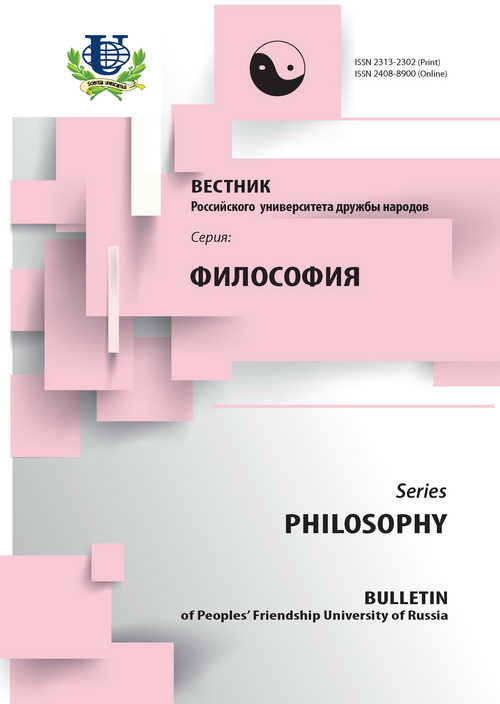Symbol as a means of cognition of consciousness in the works by M.K. Mamardashvili
- Authors: Nizhnikov SA1
-
Affiliations:
- Peoples’ Friendship University of Russia
- Issue: No 1 (2014)
- Pages: 15-23
- Section: Articles
- URL: https://journals.rudn.ru/philosophy/article/view/11732
Cite item
Full Text
Abstract
The article reveals the specificity of understanding the symbol as a means of cognition of consciousness in the works by M.K. Mamardashvili. It demonstrates the difference between his interpretation and the analogues existing in neo-Kantianism and Russian Silver Age metaphysics (P.A. Florensky, A.F. Losev, etc). The symbol of consciousness is seen as an “empty shape”, a transcendental issue, through which transcendence generating man as a spiritual and moral being becomes possible Mamardashvili’s criticism of the naturalized theory of ideas (“Platonism”) is analyzed. The idea itself is seen as a symbol of consciousness, a unit of its description. The entire history of philosophy is considered from the same point of view.
About the authors
S A Nizhnikov
Peoples’ Friendship University of Russia
Email: hphilosophy@mail.ru
History of Philosophy Chair
References
















